Green roofs can be a challenge to implement, especially on already-existing buildings. Not every structure is meant to handle the extra weight or the maintenance of all that greenery.
Structures that can bear the load, however, do much better and demonstrate the owner’s willingness to commit to sustainability. So what are the important takeaways if you’re interested in implementing green roofing onto your building?
1. Being Aware Of The Local Requirements
It’s important to look at what the local requirements are before you can start putting the idea to paper. The requirements are usually based on environmental impacts, such as energy efficiency or being able to mitigate stormwater discharge. Speak with Primo roofing company to see if there are any in place in your area.
Green space is also important and is measured by GAR (Green Area Ratio), which assigns points to various landscape elements that are weighted according to their environmental value.
2. Green Roofs Can Be More Energy Efficient
Green roofing can lower operating costs in one of three ways:
- Absorbing stormwater and minimizing runoff
- Mitigating the urban heat island effect
- Functioning as an extra thick layer of insulation, which then lowers the building’s heating and cooling requirements
Green roofs also offer protection to the material that’s underneath it, making it last much longer and reducing the amount of repair it will need.
3. Inhabitants Are Kept More Comfortable
Installing a green roof will keep the interior of the building at a much more comfortable temperature. As stated above, it works as an extra layer of insulation so that there is less need for heating and cooling during extreme temperatures.
This can save a lot on electricity and heating bills in the winter and in the summer, keeping more money in your pocket.
4. Receiving Green Certification Credits
Having a green roof can contribute to credits for green building certifications. These credits can be used to receive LEED certification, for example, depending on how many points are earned, and these points are dependent on a number of factors: water-efficient landscaping, maximizing open space, reducing carbon energy, and improving environmental quality, to name a few. You can boost your credits by using plants that are native or adapted to your area in order to provide a habitat.
5. Providing Amenities For Tenants
Green roofs provide an accessible rooftop space that many tenants will actually enjoy going to. This can be the perfect idea if you don’t have enough land for green space on the ground around the building.
However, it’s important that structures be placed to handle the foot traffic so that the green roof isn’t abused, especially if there is a constant impact from tenants. If there is no opportunity to put up any structures, then you’ll have to use a thicker layer of soil, which can add more weight to the structure of the building.
Keep in mind that if you do decide to add a green roof, you’ll have to hire people to go up to the roof to maintain these vegetated areas. They also have to be installed around existing mechanical equipment so that they can continue to operate.
But having a thoughtfully-planned project and the expertise of the professionals on your side, a green roof is not an impossibility.

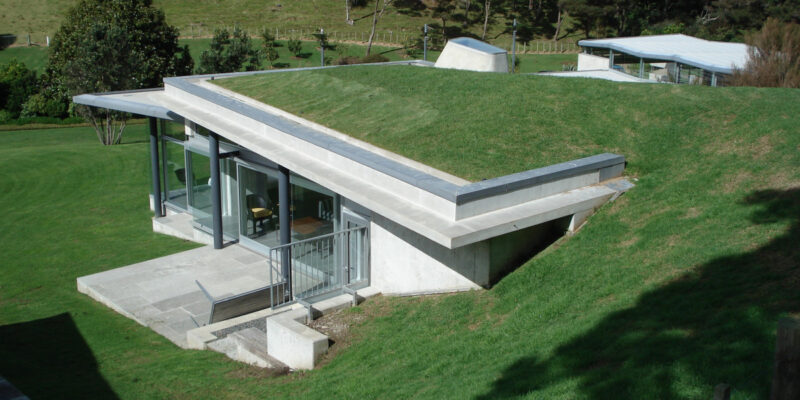
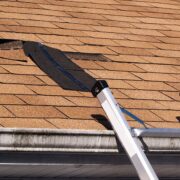
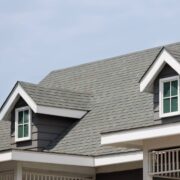
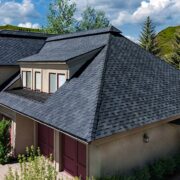
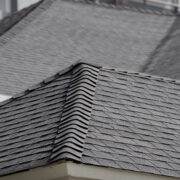
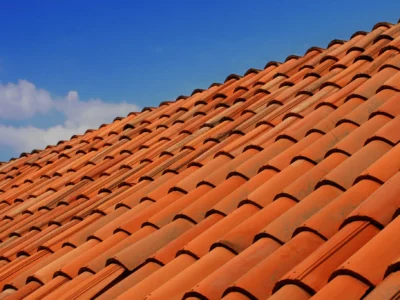
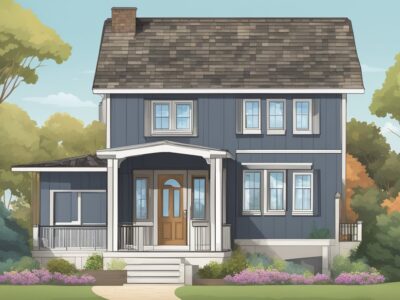
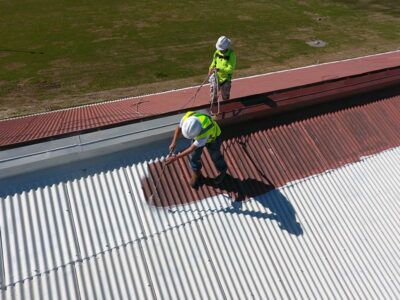
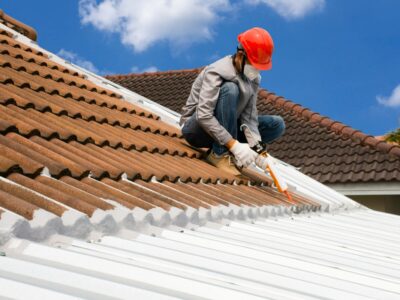
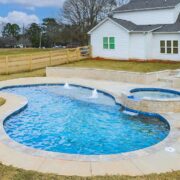



Comments